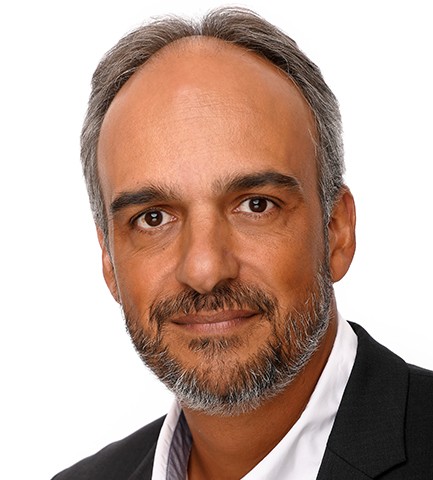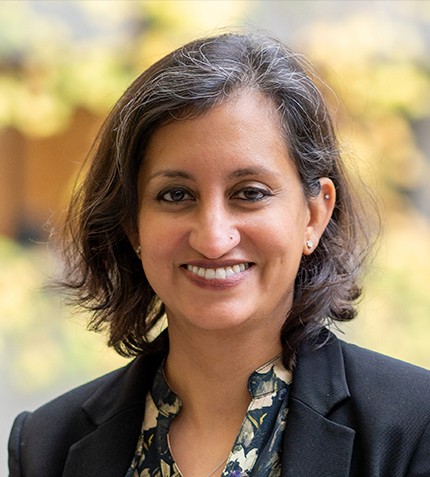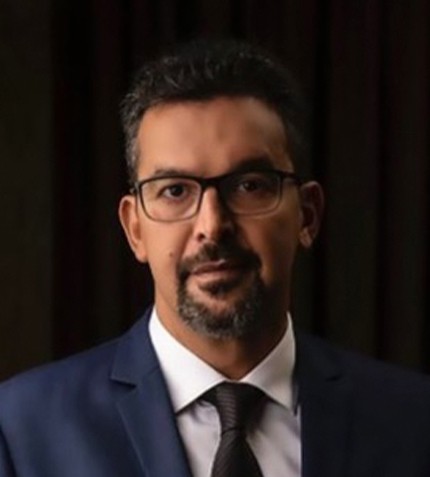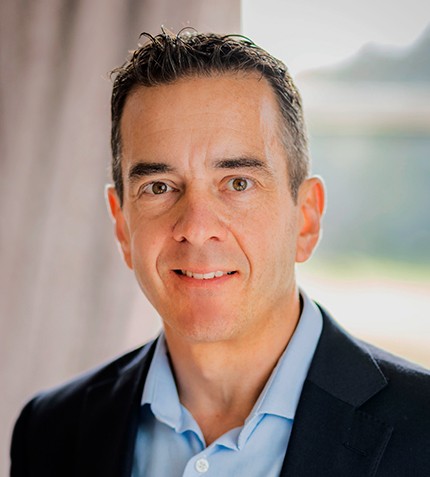
"We broke the record for iron ore exported, and exported more than 25% of all oil from Brazil."
José Firmo
CEO, PORTO DO AÇU
How has Porto do Açu evolved since you became CEO in 2019?
Since I took over, construction began at the third large subsea facility near the port. We already have two manufacturing plants, and the third is for rigid pipe manufacturing. The fourth, a floating solution, is an ongoing project. Another of our major achievements has been our entry in the fertilizer logistics space.
Despite the challenges faced during the pandemic, 2020 was an excellent year, with Porto do Açu’s cargo flow totaling 54 million tonnes, making it second in Brazil behind only Port of Santos. We broke the record for iron ore exported, and exported more than 25% of all oil from Brazil. 2021 has been even better. By July 2021, we had moved more cargo at our multi-cargo terminal, T-MULT, than in the whole of 2019. As a modern infrastructure with space for expansion, T-MULT provides customers with an alternative to ports that have experienced logistical bottlenecks.
Which factors contributed to the record performance of Açu’s T-MULT multi-cargo terminal in 2021?
This achievement is due to multiple initiatives complemented by market dynamics surrounding the ongoing commodities boom we are witnessing. It was also due to the pilot projects we initiated in 2020, which bore fruit in 2021. Some of these include inserting the Port into agribusiness through fertilizers, bringing the capability of other cargoes, introducing strategies to increase circular logistics among the terminals, and enhancing our exporting and importing capacity.
Porto do Açu is also about to take its first steps in the container business. In 2020 we performed various tests in the preparation of a feeder-cabotage service connecting our terminal T-MULT with various deep-sea ports such as Rio de Janeiro. In 2021 we aim to launch this bi-weekly service and propose a new maritime solution to international shippers.
What potential do you see for Brazil's chemical and petrochemical industries in the coming years after Brazil’s new gas laws were introduced in April 2021?
Brazil is one of the region's least developed natural gas markets, yet we are the largest consumer in Latin America, making it a market with huge potential. Natural gas production in Brazil has more than doubled in one decade and is expected to witness similar expansion trends over the next decade. There is potential for export across the continent and domestic distribution as a low-carbon energy alternative. The recent regulatory and legislative changes will allow more companies to enter the market and compete for customers and services, which will transform the industry by improving price competitiveness and transparency.
To prepare for this change, Porto do Açu has connected itself to the gas grid and expanded its logistics storage capabilities. The second phase of changes we are implementing includes inserting mixers for fertilizers, which will lower costs, followed by the production of fertilizers using gas. Currently, fertilizers in Brazil are dependent on imports, which is not sustainable for a country with such a significant agribusiness. We conducted a study which indicated that Açu already has the lowest cost and most competitive fertilizer site in Brazil, and this will lower further in the years to come.
Can you elaborate on the Gás Natural Açu joint venture at Porto do Açu?
Gás Natural Açu (GNA) is a joint venture between Prumo (Porto do Açu’s parent company), SPIC, BP and Siemens, dedicated to the development, implementation and operation of sustainable energy and gas projects. The JV is building Latin America’s largest natural gas-fired thermal power compound at the Açu Complex. The GNA I plant is at the end of commissioning, with GNA II to follow in 2023. Even after all the infrastructure has been developed, as well as our projects to increase oil capacity, we will have only used 25% of the Açu area, so there is plenty of room to industrialize the complex moving forward.
In light of a global green agenda, how could sustainability be considered from a commercial standpoint?
Many ports in Latam are struggling to keep up with decarbonization trends, such as the use of green hydrogen, green ammonia or green steel, because they have reached a maximum operational rate and do not have the space to expand.
We have been working on the Açu Green Port Initiative, which includes designing infrastructure and capabilities to integrate renewable energy and green hydrogen production. We saw huge interest in this model from international corporations as soon as it was released, and expect this to grow as the sustainable agenda is increasing exponentially.










